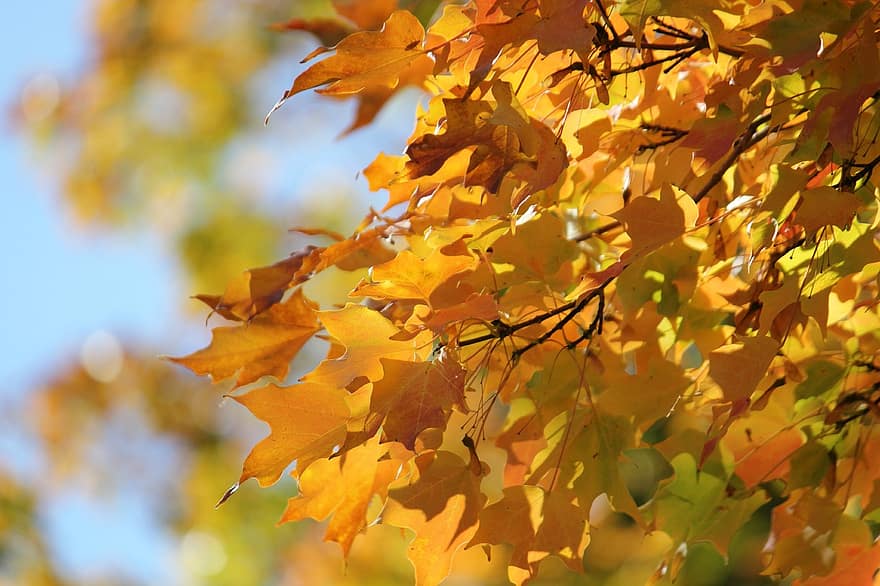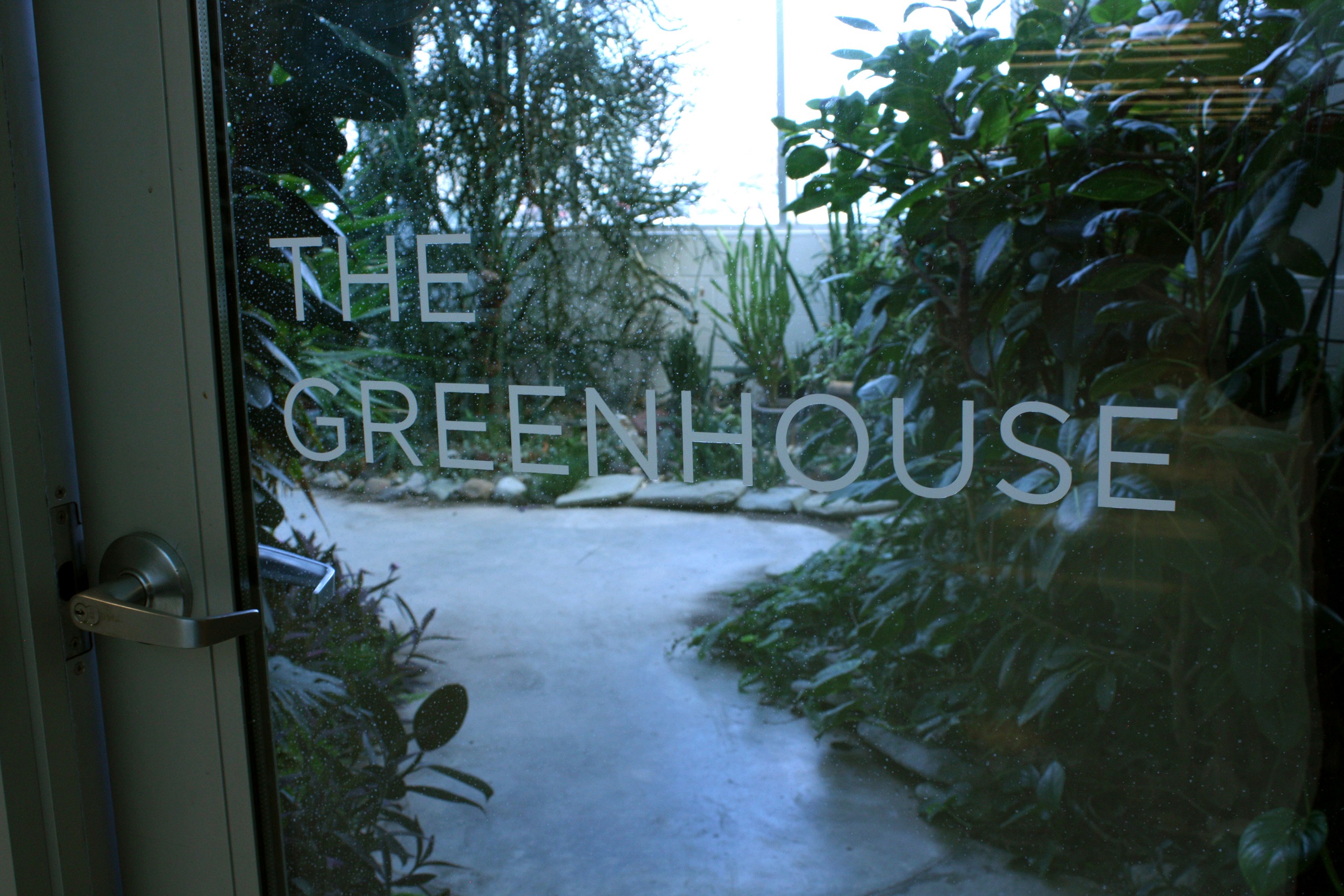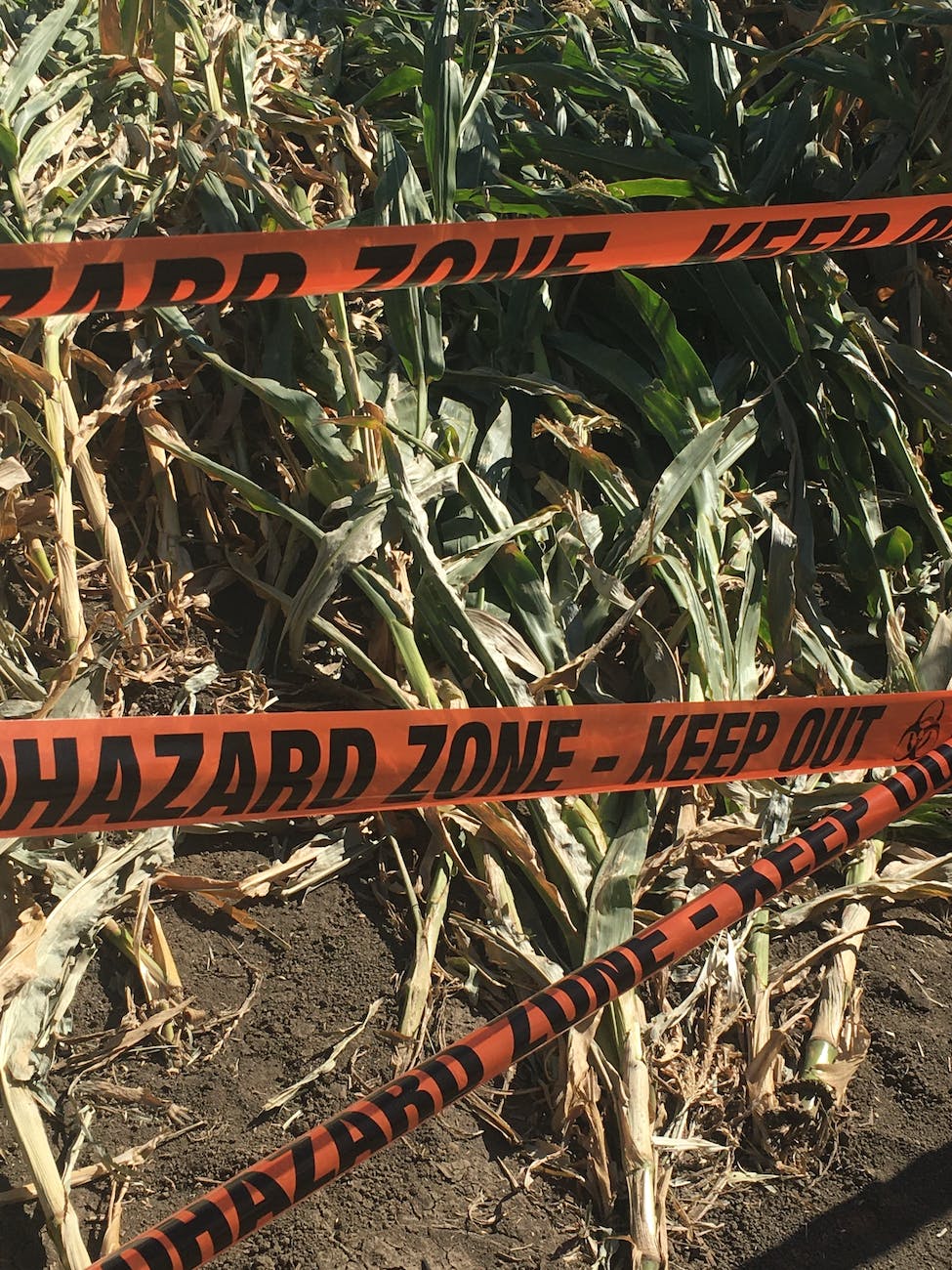
By Crystal Gwizdala
Q: How do leaves change color?
A: Leaves change color in the fall because leaves are very sensitive to sunlight. Once we get into the fall, the length of daylight shortens and so the leaves pick up on that. They start breaking down chlorophyll.
Q: Chlorophyll is what’s green, right?
A: Yeah, chlorophyll is what reflects the green light that makes leaves [look] green. The reds, yellows, and oranges pigments exist in the leaves already but you can’t see them because of how potent the chlorophyll is, according to the College of Environmental Science and Forestry.
When trees detect the sunlight going away, they say, “no, no, no. This is not a good investment. I’m not going to keep my green leaves out; it takes too much energy. I’m not getting enough returns.” It’s like a seasonal business–like an ice cream shop. [Normally] you’re not going to get enough business in the cold months so you close the doors.
Q: I was always curious about that. I didn’t know if plants had an internal clock on when to shed their leaves, or if it had to do with temperature.
A: Primarily, it’s a length of daylight thing but temperature does play a little bit of a role, especially in the vibrancy of the colors. Leaves can become more vibrant in low temperatures above freezing, like the bright reds of maples. Things like an early frost can weaken the colors, yet rainy and overcast days increase the intensity of the fall colors.
The best days to enjoy it will be on a clear, dry, and cool day, but not freezing.
…
Is that crystal clear? Let us know! If you’d like to submit a question, send an email to deltacollegiate@gmail.com or tweet us @DeltaCollegiate with the hashtag, #CrystalClear.



